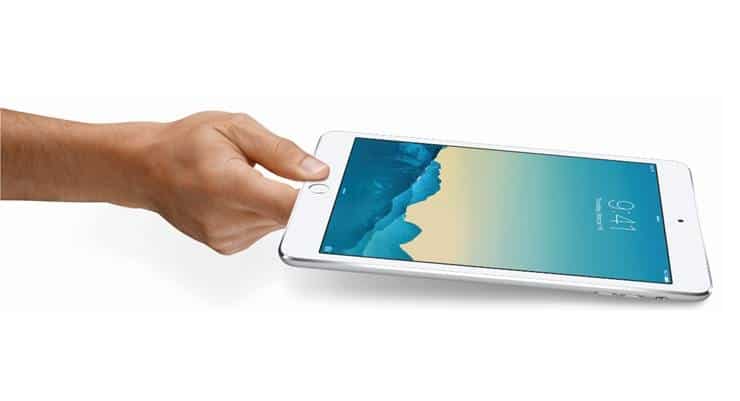iPad Air 2 and iPad mini 3 have arrived with a line-up of newer and better features. Both come with enhanced Retina display, better cameras and the Touch ID which enables users to use their finger touch to unlock their iPads and authorise payments on Apple's mobile payment app, the Apple Pay. Both run more than 675,000 apps specifically designed for these devices and the iPad Air 2 weighs just 0.96 pounds and is super thin at 6.1 mm.
But that's not what Apple's latest offerings are all about. The iPad Air 2 and iPad mini 3 debut a feature not available before on any mobile device - the operator selector feature. What? Yes, users can launch an application which lines up a list of mobile operators that offer connectivity to the device and select who they want to subscribe to. The feature allows users to check on the available packages and confirm their subscription. So what does this mean? With its own embedded SIM (yes, Apple is providing its own SIM) and over-the-air configuration, the SIM is provisioned according to the chosen package and starts working exactly like how it does when users purchase the SIM directly from the Operator. At present, the packages made available via the embedded SIM are short-term plans which allow users to switch to plans from other operators on the list when the current plan expires or when they feel like swapping to a newer plan. This translates to flexibility and zero-commitment on the users end.
While some people (myself included) are still coming to terms with the idea of the embedded-SIM now being available on end-user devices (though in the telematics and other enterprise M2M service offerings, the embedded-SIM is not all that new) and how the SIM can be overwritten by various Operators, the list of operators working with Apple on the embedded SIM offer is already out - Sprint, AT&T, T-Mobile from the US and EE from the UK are officially in. Others will most probably follow suit- after all, the iPad Air 2 and iPad mini 3 are quite irresistable - from the look and feel and the functions they offer. For a lot of people, the iPad is synonomous to browsing, watching a movie or Facebooking. In addition, device bundling has always been proven to push sales to another level. For Wi-Fi fans in particular (we are alluding to those who access data only when there is a Wi-Fi connection for fear of what cellular connectivity might do to their end-of-the-month bill given the amount of data they gobble on a daily basis), the iPad Air 2 and iPad mini 3 feature the advanced 802.11ac Wi‑Fi technology and MIMO support, resulting in download speeds of up to 866 Mbps. At the same time, models that come with both Wi-fi and Cellular connectivity feature support for 20 LTE bands and carrier aggregation or LTE-A, speeds of 150 Mbps via LTE and up to 50% faster LTE connection, which means that in no Wi-Fi zones, the experience is just as great, plus if the device were to be converted to a Wi-Fi Hotspot, the connection quality it provides to other devices including paired devices such as the media player will be greatly enhanced as well.
At prices starting from USD499 and USD399, both iPad Air 2 and iPad mini 3 can be ordered in 29 countries and will be available through Apple Online Stores, retail outlets and via AT&T, Sprint, T-Mobile, Verizon Wireless, additional carriers and select Apple Authorized Resellers.















